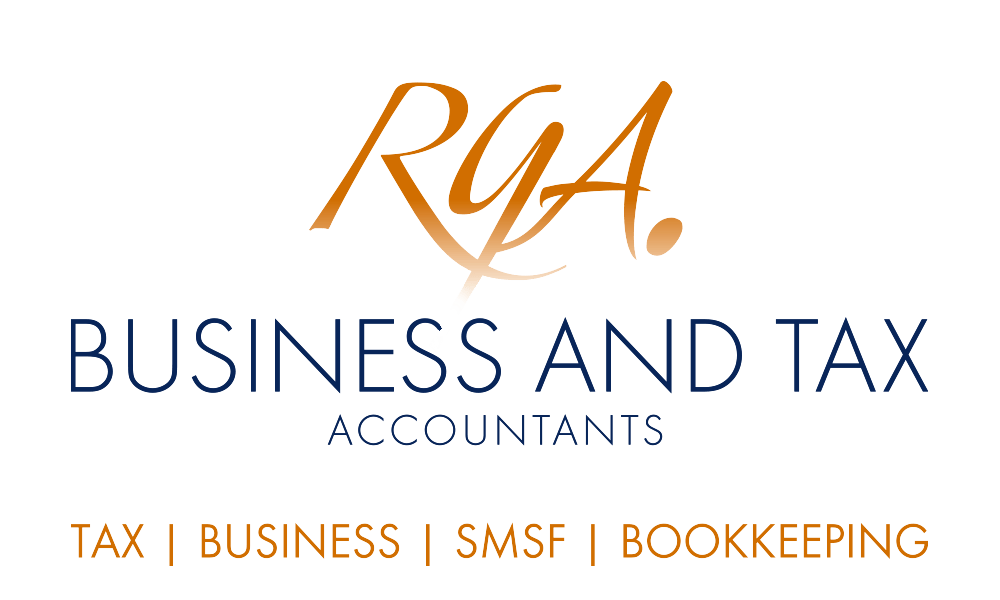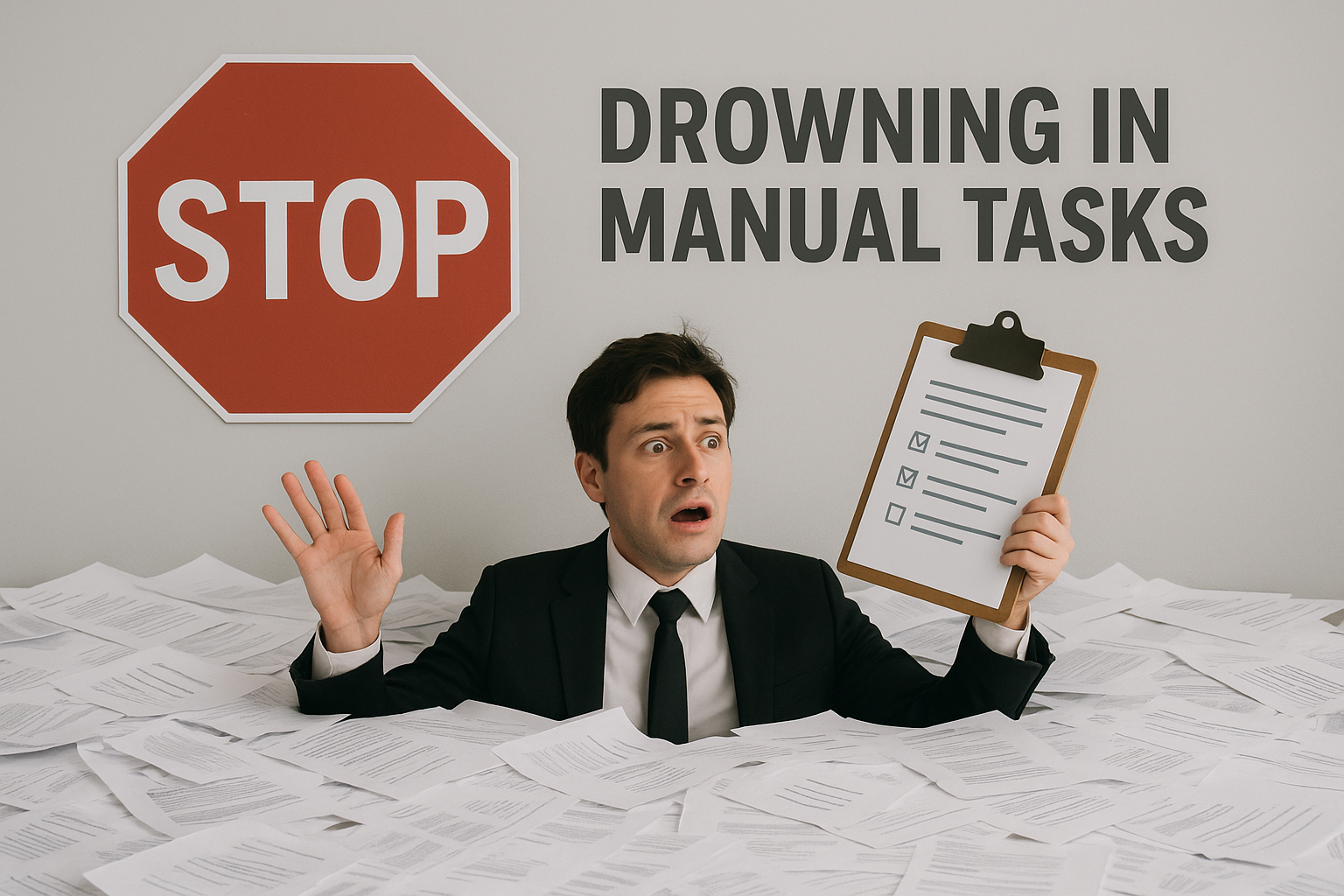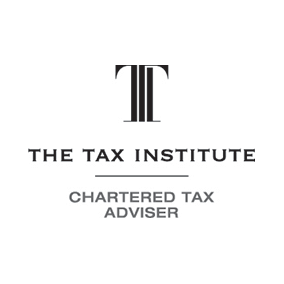Knowing whether you'll be entitled to the Age Pension is an important part of your retirement planning. Once you reach Age Pension age (66 years from 1 July 2019), you'll also need to pass two tests: the assets test and income test. Here we outline the basic thresholds that apply under each test and what types of assets and income sources are included.
Assets test
If you own your own home, to qualify for the full pension your "assets" must not be worth more than $258,500 (for singles) or $387,500 (for couples). For non-homeowners, these limits are $465,500 and $594,500.
Above these thresholds, you may qualify for a reduced pension. However, your entitlement to the pension ceases if your assets are worth more than $567,250 (for single homeowners) or $853,000 (for couples). For non-homeowners, these limits are $774,250 and $1,060,000.
So, what "assets" are included? All property holdings other than your principal home count, less any debt secured against the property.
There are also special rules for granny flat interests and retirement home contributions, so get advice before moving into these accommodation options.
Investments like shares, loans or cash accounts all count, as do your share in any net assets of a business you run and part of the market value of assets in companies or trusts you "control".
And once you reach Age Pension age, your superannuation is also included. This includes your accumulation account and most income stream accounts.
How you structure your investments could make a big difference. Consider the following tips:
- If you sell your family home and put the proceeds towards another investment, that wealth will become subject to the assets test.
- Withdrawing your super benefits (if, for example, you meet a condition of release) to pay more off your home mortgage, may improve your assets test position.
- Be careful when "gifting" away assets, as those in excess of $10,000 in a financial year (or more than $30,000 across five years) will count towards the test.
However, before changing your asset structure you should ask if it makes financial sense to rely on the Age Pension? You may be better off generating a higher income from your investments.
Income test
If you earn up to $172 per fortnight as a single (or $304 as a couple), you can potentially receive the full pension. Above this, your pension entitlement will taper down, before ceasing at income of $2,024.40 per fortnight for singles and $3,096.40 for couples. A "Work Bonus" allows pensioners to earn up to $250 from employment per fortnight without it affecting their pension.
The income test is broad, including any gross amounts you earn from anywhere in the world, eg super income streams and a share of the income from any companies or trusts you "control".
Your income from certain financial assets is "deemed" at a certain rate. If your actual earnings from these investments exceed the deeming rate, the excess doesn't count towards the income test. The deeming rules apply to assets like listed shares and many super accounts.
Plan for a secure retirement
© Copyright 2019. All rights reserved. Source: Thomson Reuters. IMPORTANT: This communication is factual only and does not constitute financial advice. Please consult a licensed financial planner, aged pension specialist or Centrelink Financial Information Officer for advice tailored to your financial circumstances about the aged pension . Brought to you by Robert Goodman Accountants.










